Water and Carbon Cycles Chapter 4 Lesson 3
advertisement
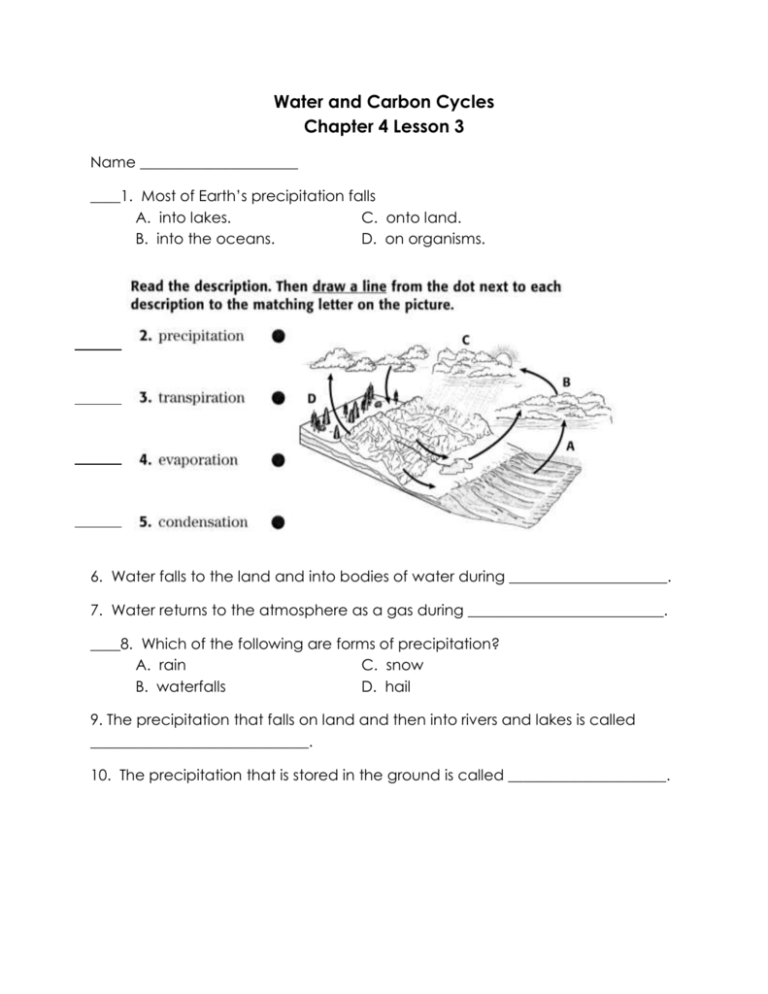
Water and Carbon Cycles Chapter 4 Lesson 3 Name _____________________ ____1. Most of Earth’s precipitation falls A. into lakes. C. onto land. B. into the oceans. D. on organisms. 6. Water falls to the land and into bodies of water during _____________________. 7. Water returns to the atmosphere as a gas during __________________________. ____8. Which of the following are forms of precipitation? A. rain C. snow B. waterfalls D. hail 9. The precipitation that falls on land and then into rivers and lakes is called _____________________________. 10. The precipitation that is stored in the ground is called _____________________. ____11. Plants use carbon dioxide to make sugars (glucose). What is the process called? A. respiration C. photosynthesis B. carbon cycle D. precipitation ____12. Which of the following describes respiration? A. releases carbon dioxide C. makes sugar (glucose) in plants B. basis of the carbon cycle D. keeps carbon in plants ____13. Which of the following undergo respiration? Circle all that apply: A. B. C. D. reptiles plants sunlight soil E. rocks F. mammals G. roots of plants H. mushrooms ____14. Which of the following undergo photosynthesis? Circle all that apply: A. B. C. D. reptiles plants sunlight soil E. rocks F. mammals G. roots of plants H. mushrooms ____ 15. Why is the carbon cycle important to living things? A. It is an essential building block in the bodies of living things. B. It converts carbon from a liquid into a gas. C. It transports wastes in organisms. D. It produces oxygen that cycles through ecosystems. Match the labels to the arrows on the drawing. _____ 16. respiration _____ 17. photosynthesis _____ 18. decomposition








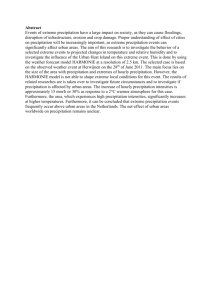
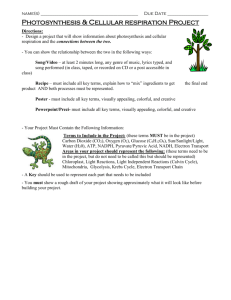
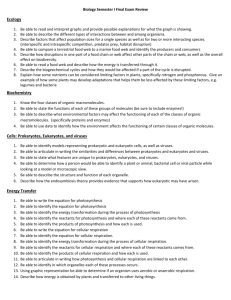
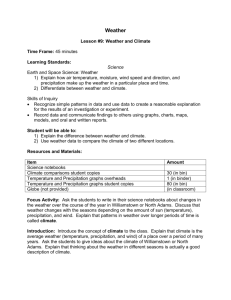
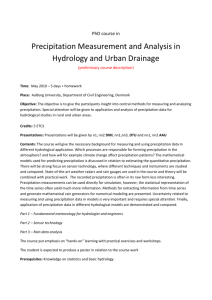
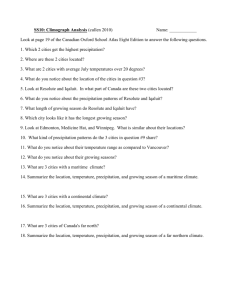


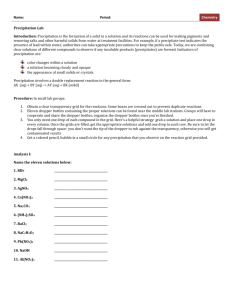
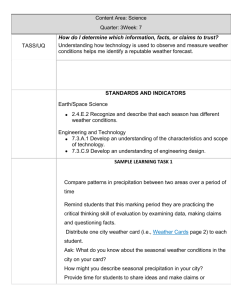

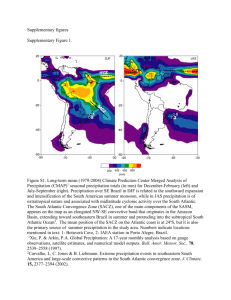
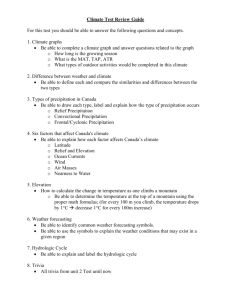
![Biology B2 revision sheet colour[1]](http://s3.studylib.net/store/data/006699123_1-118546e1cf2edc78c83e680e8a2fb59f-300x300.png)